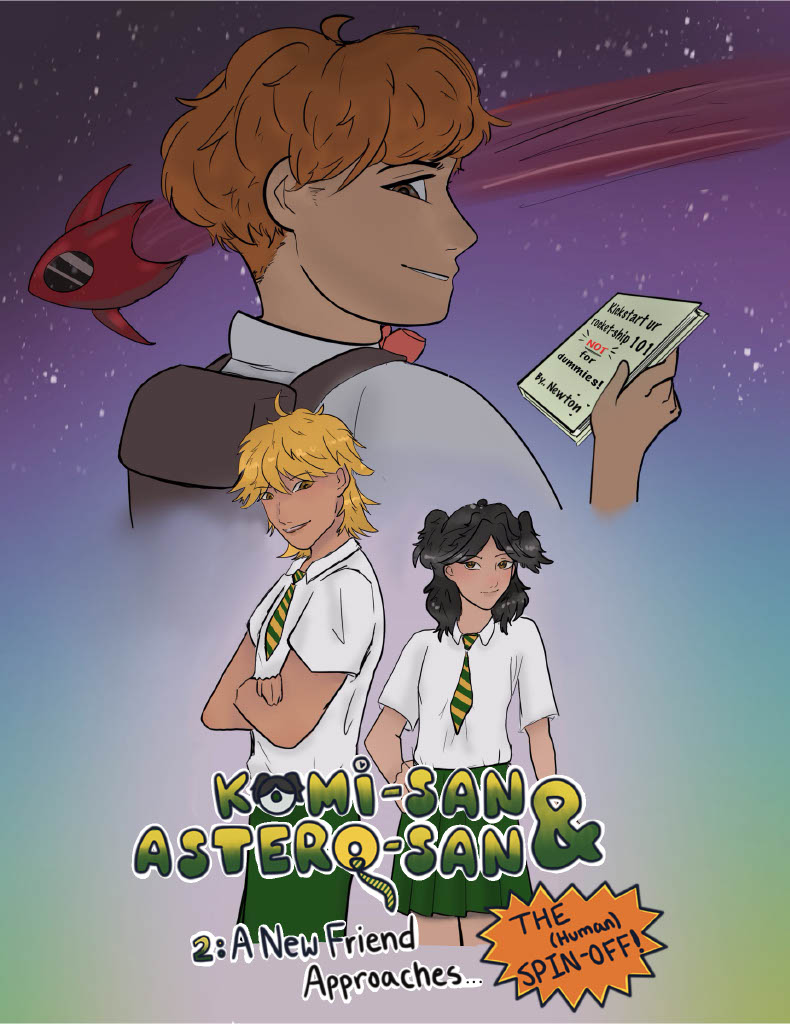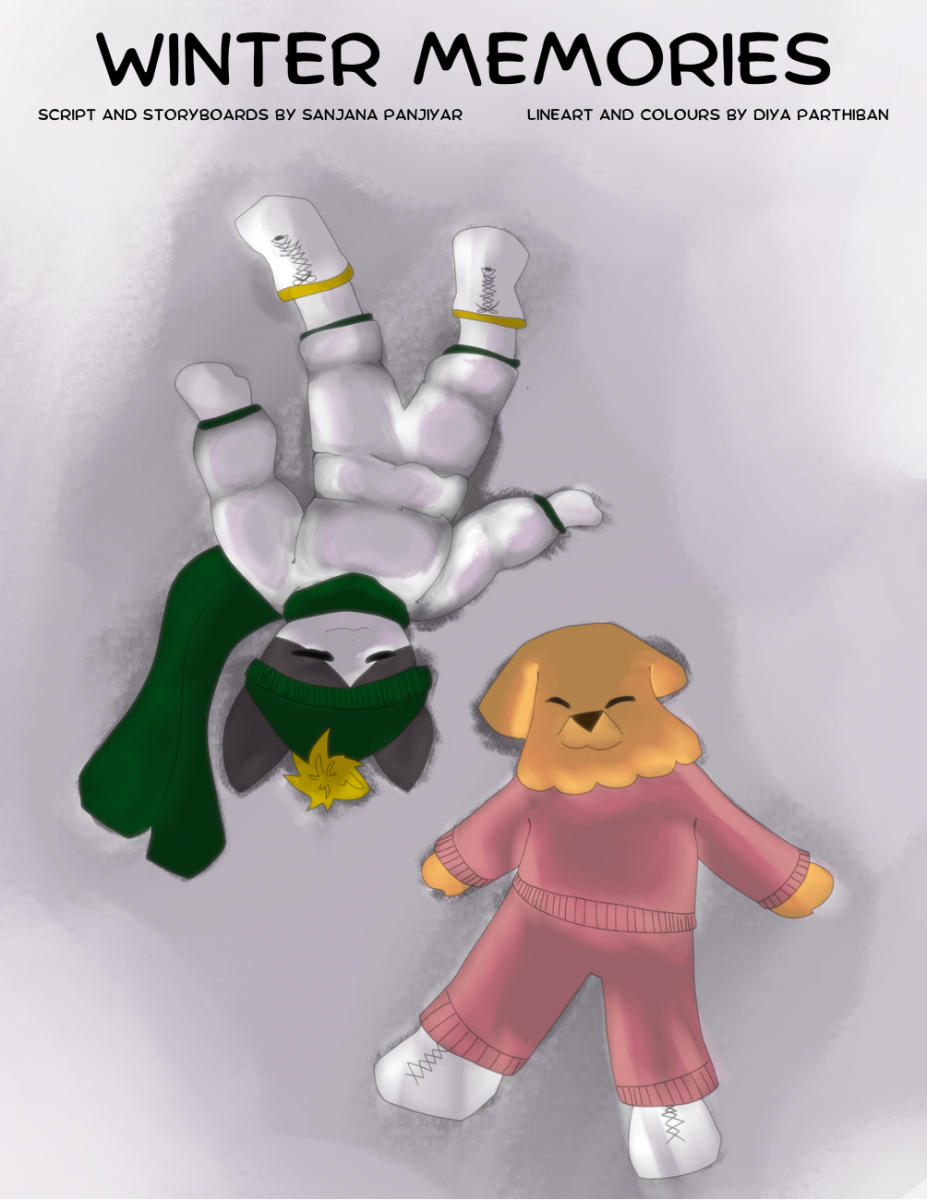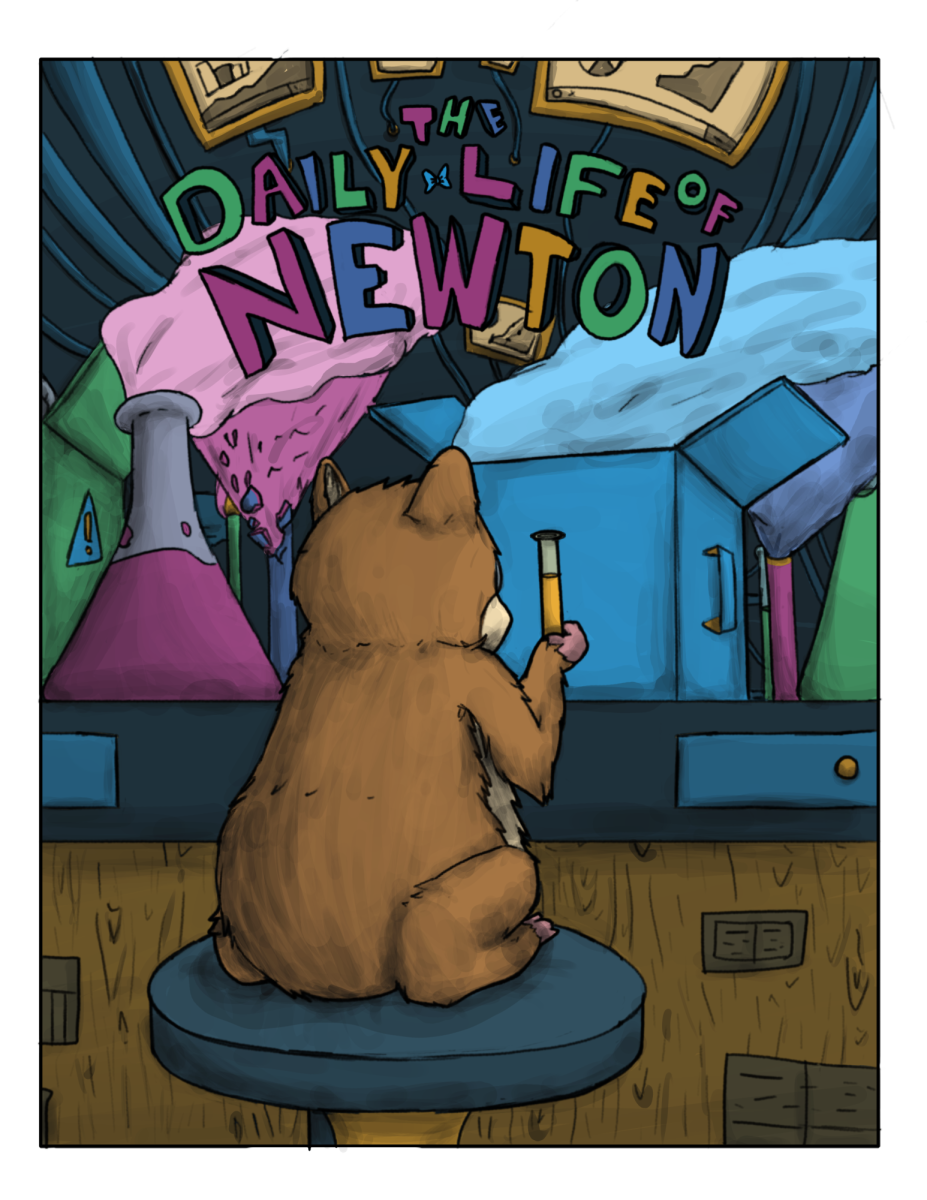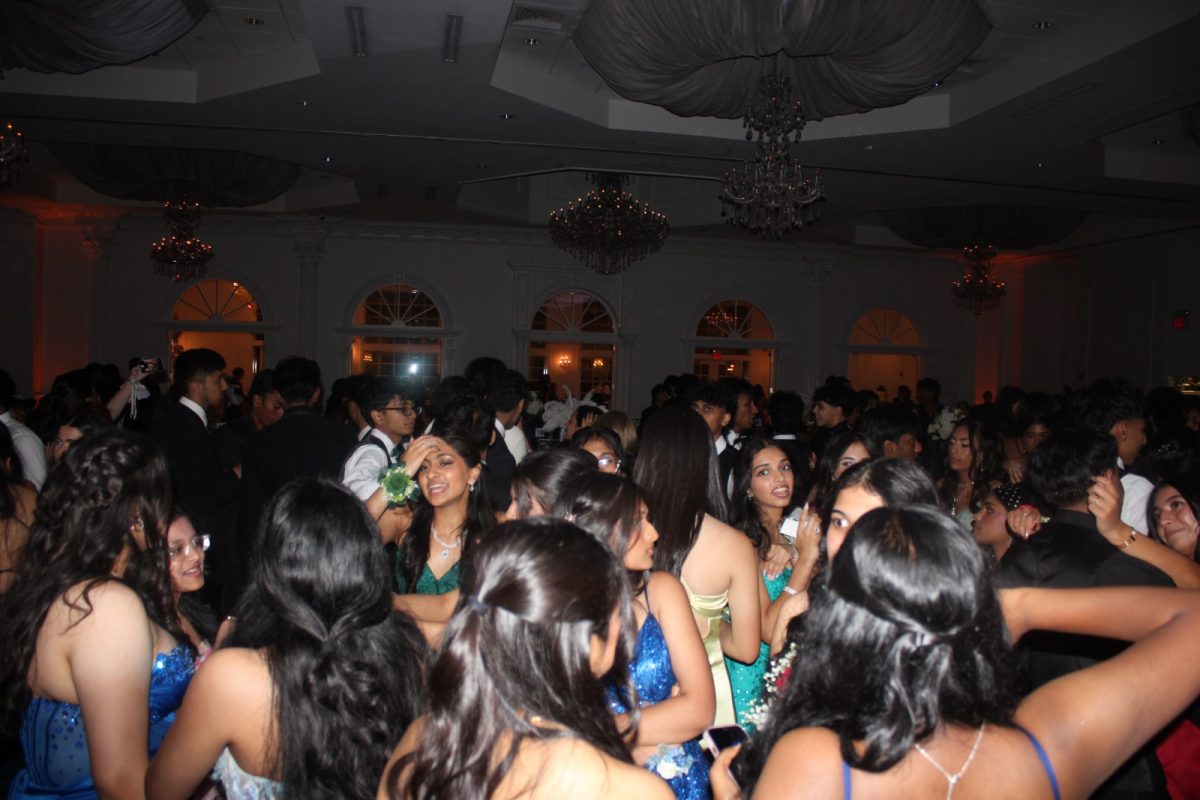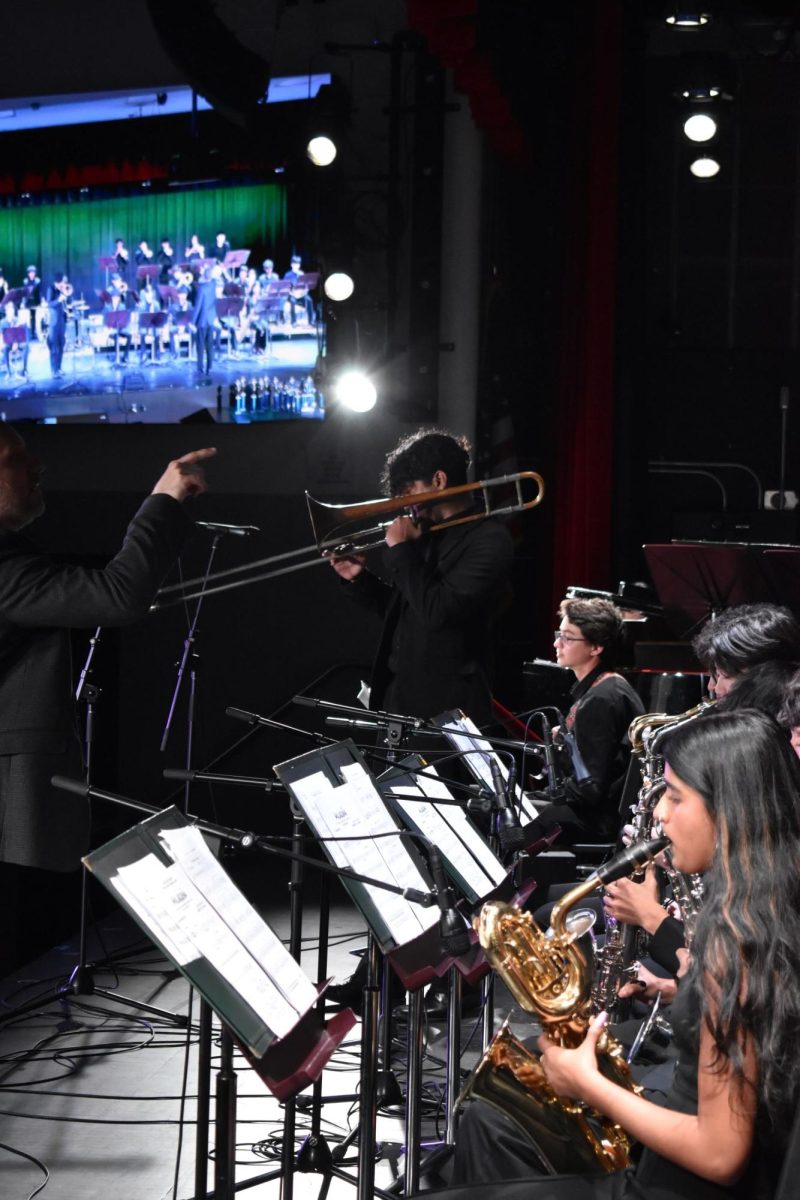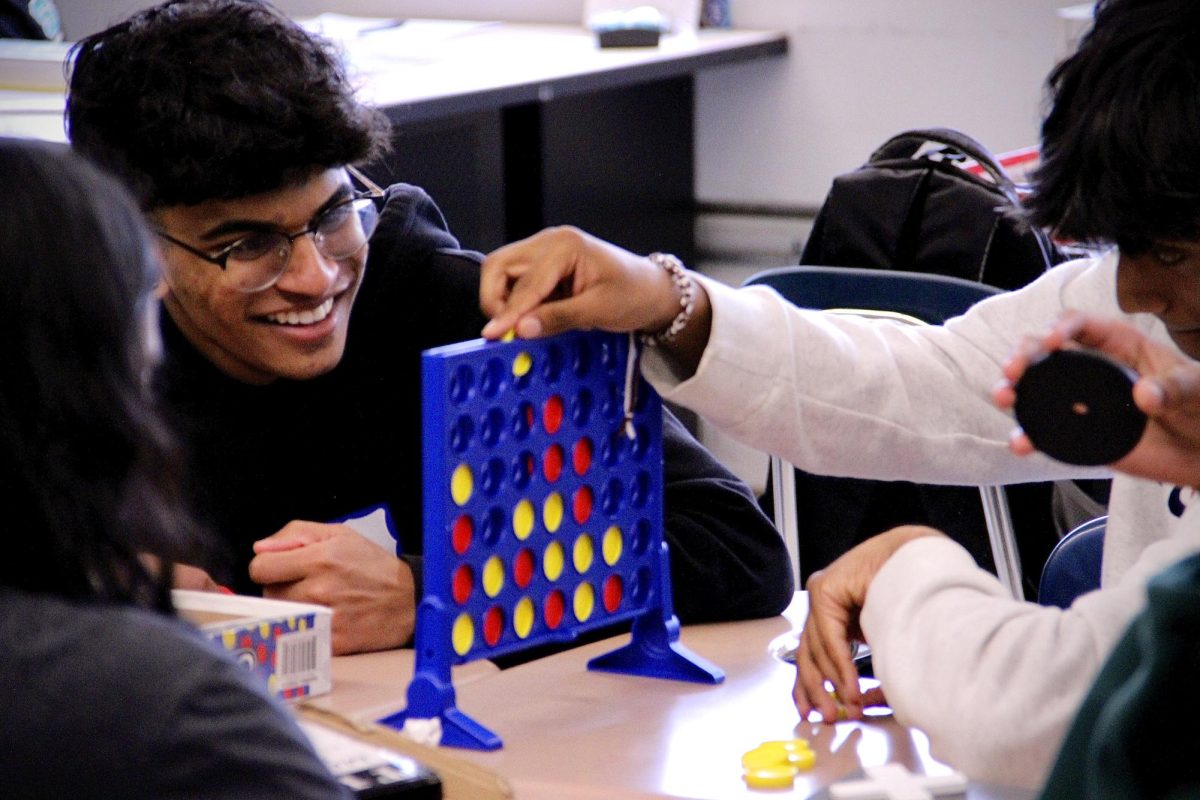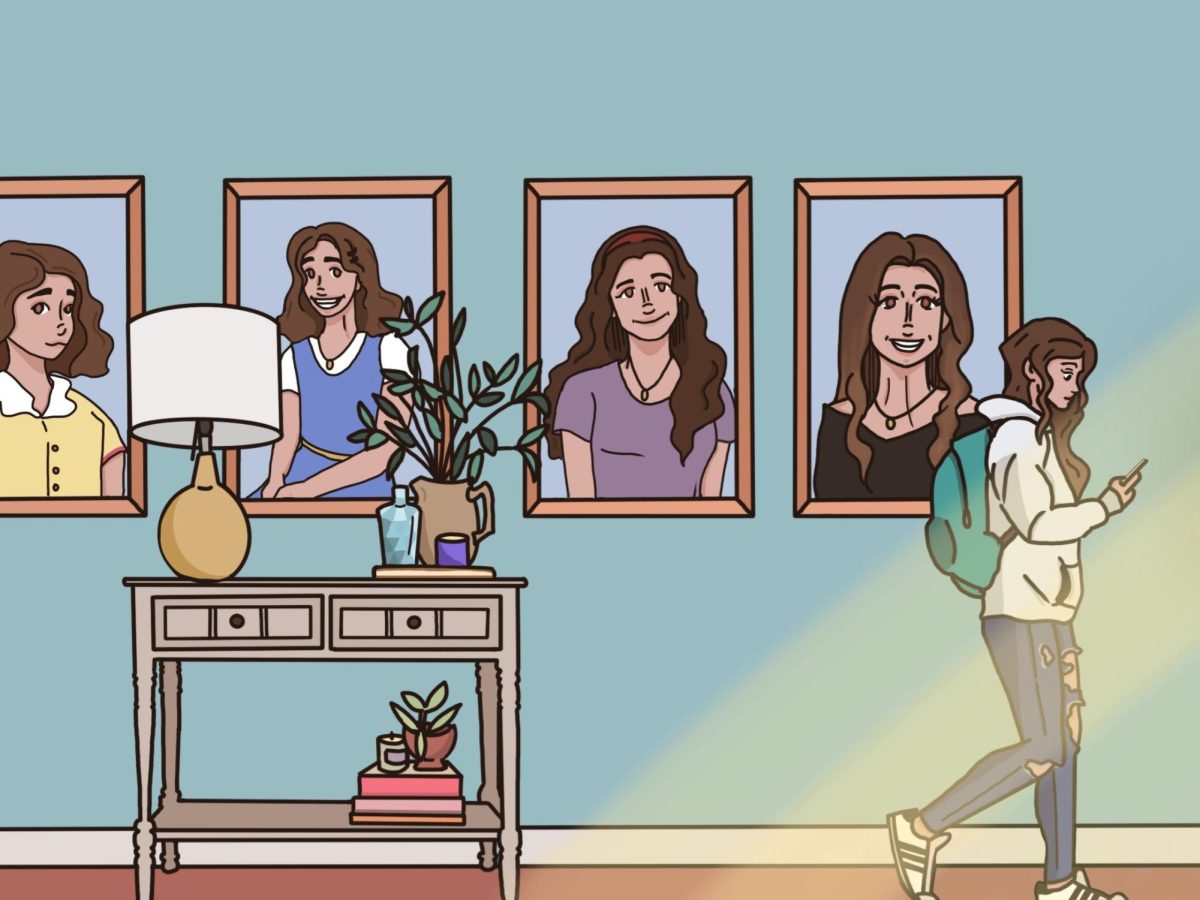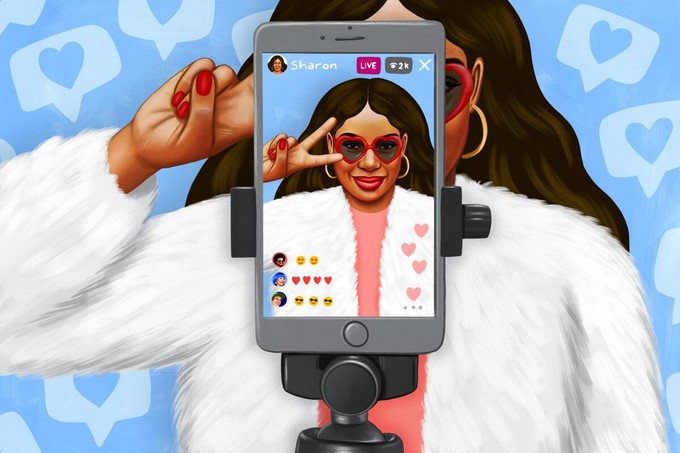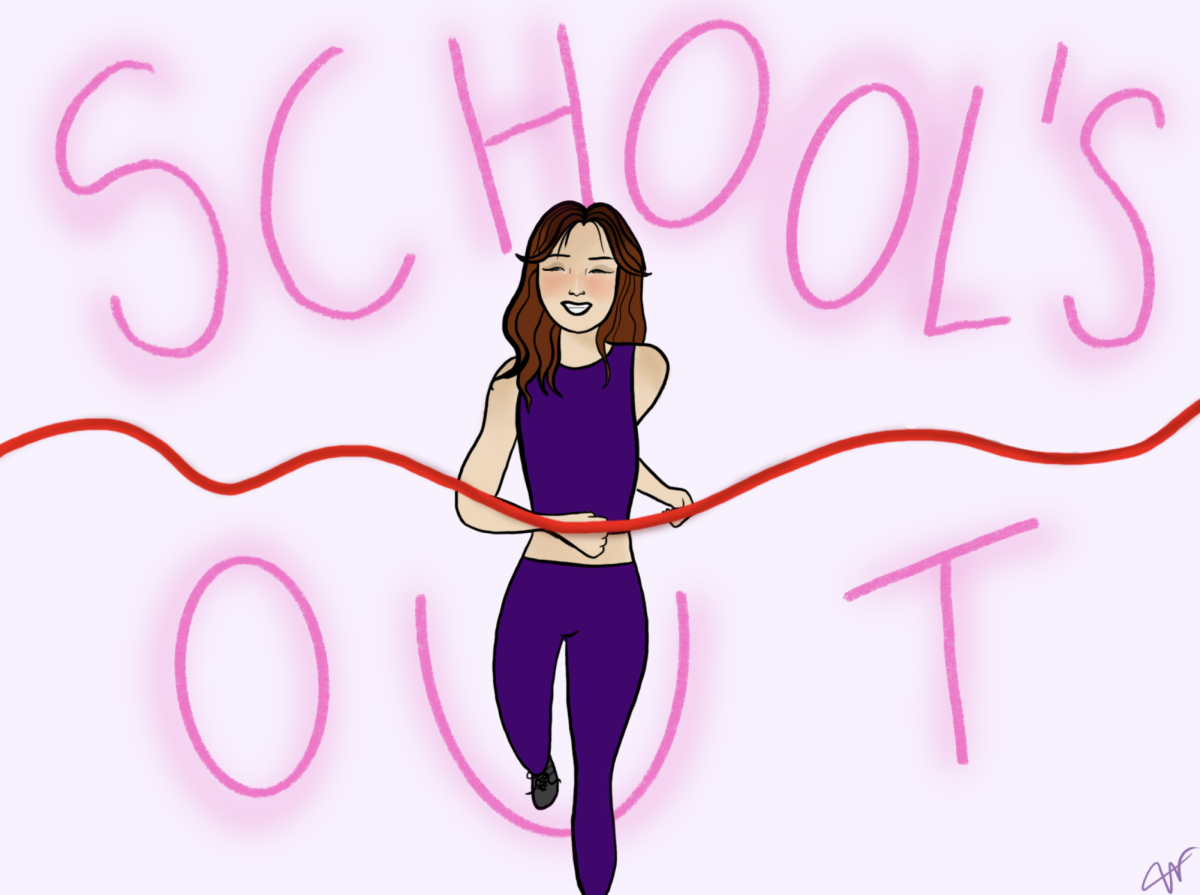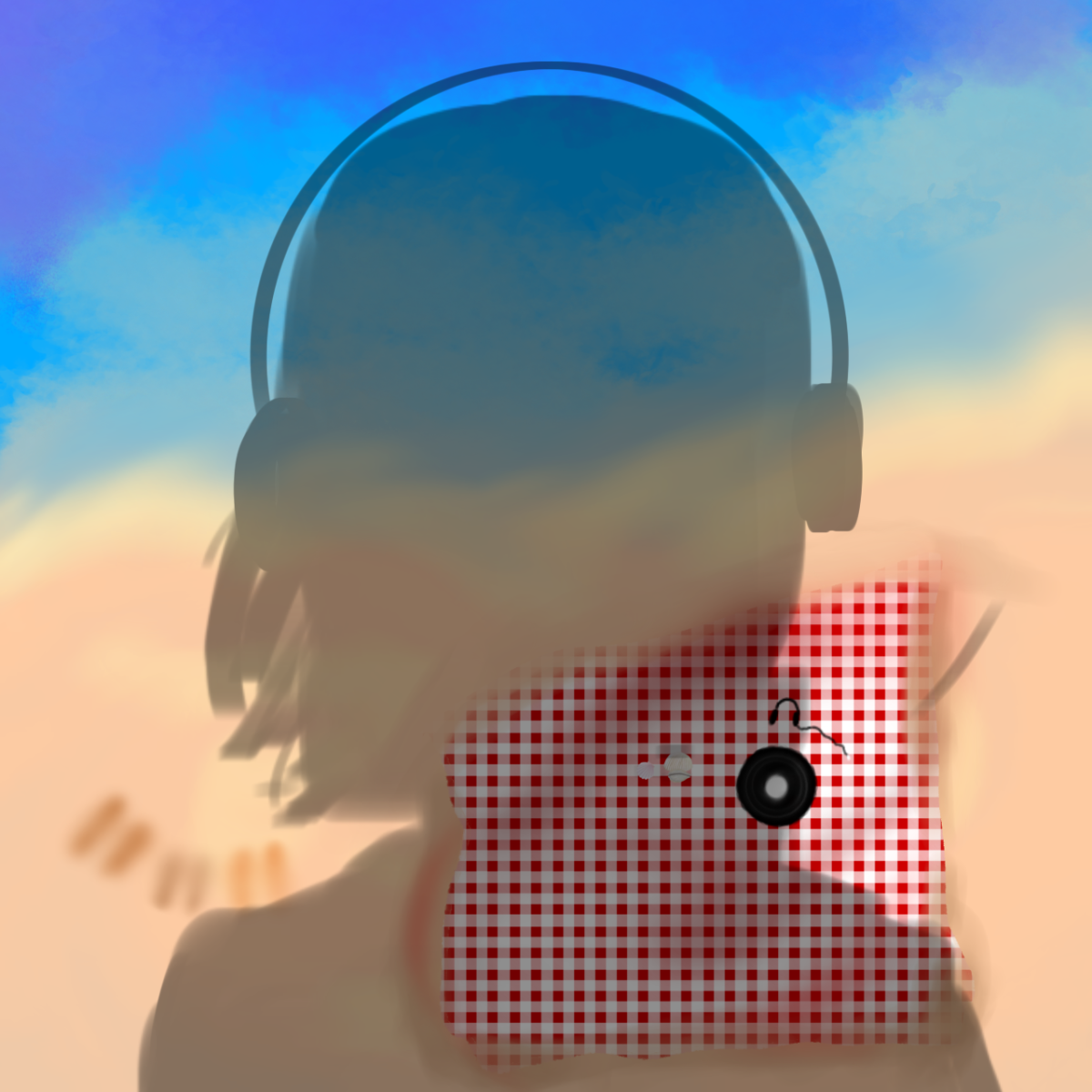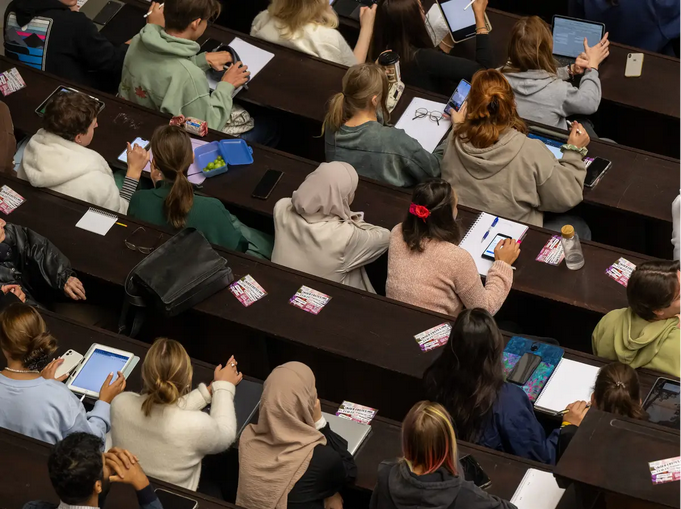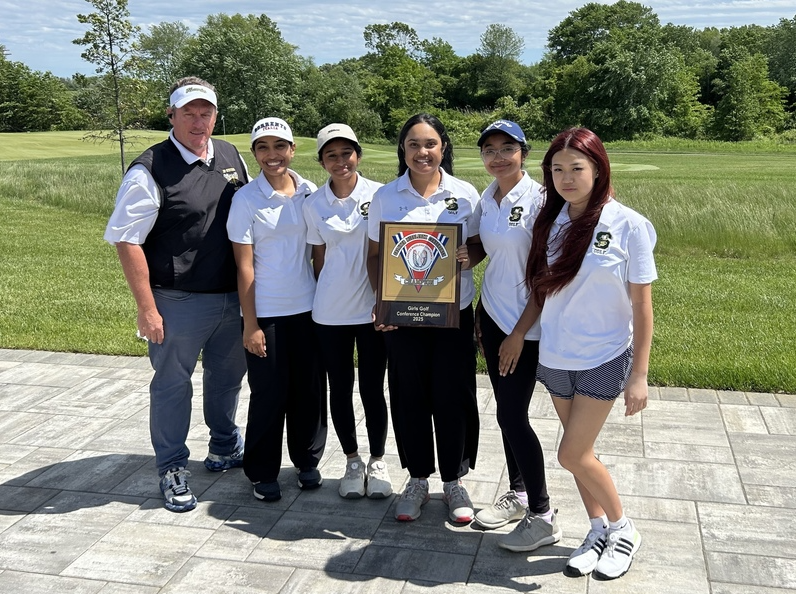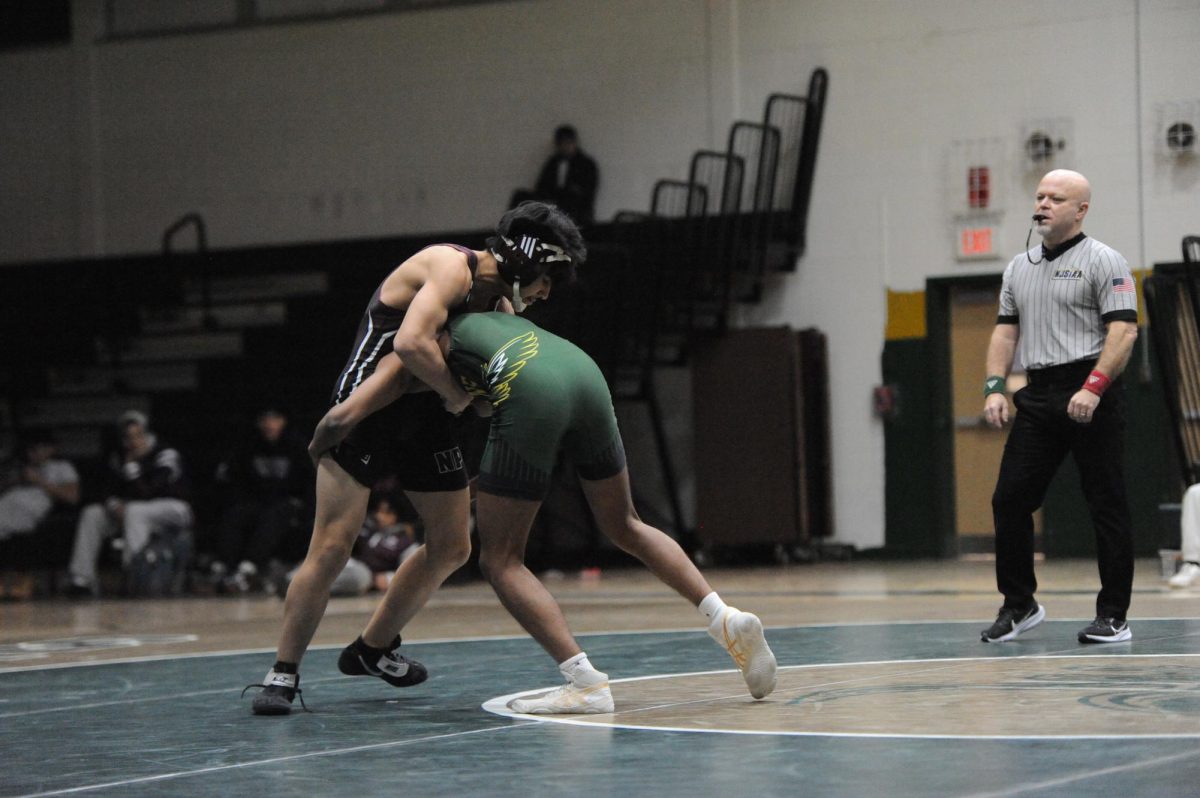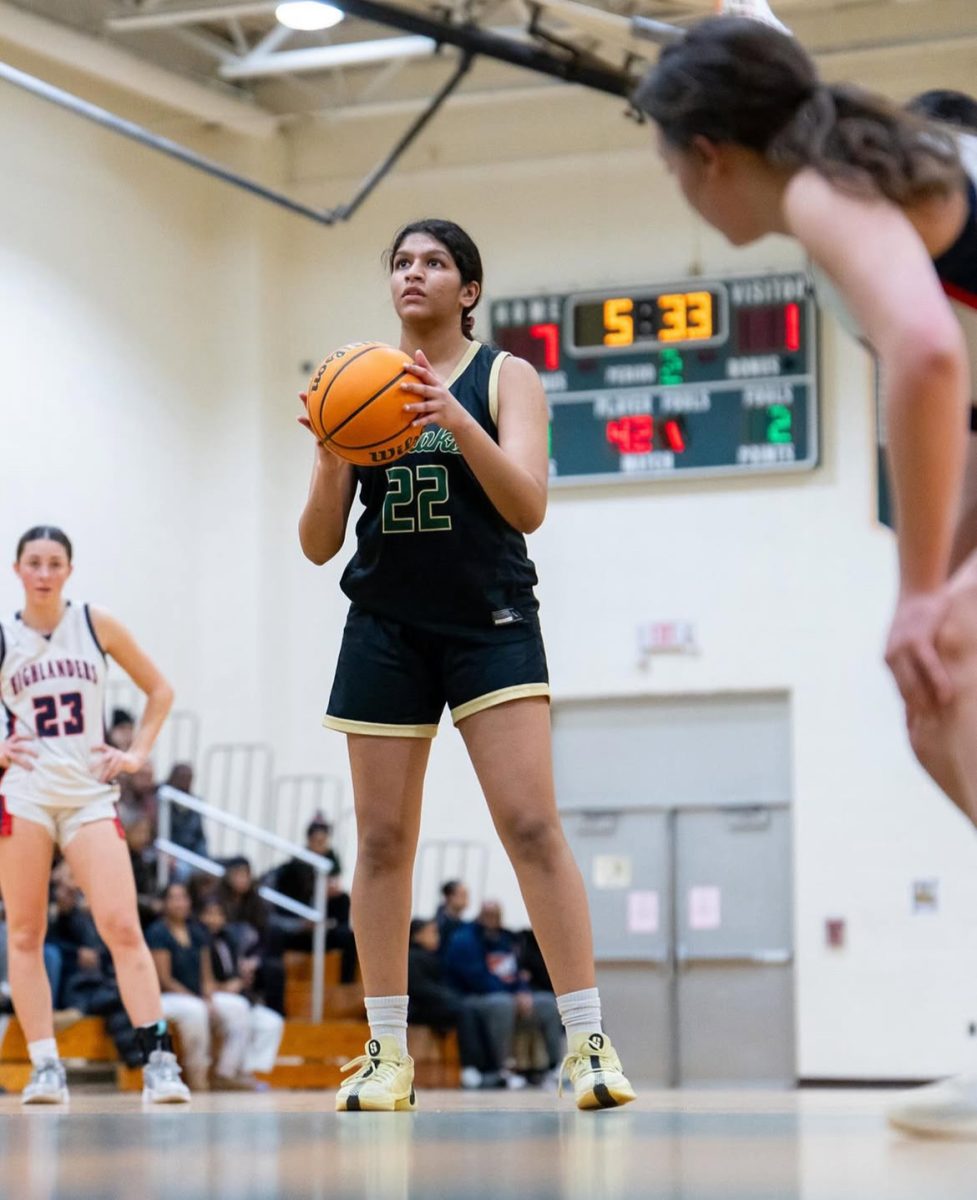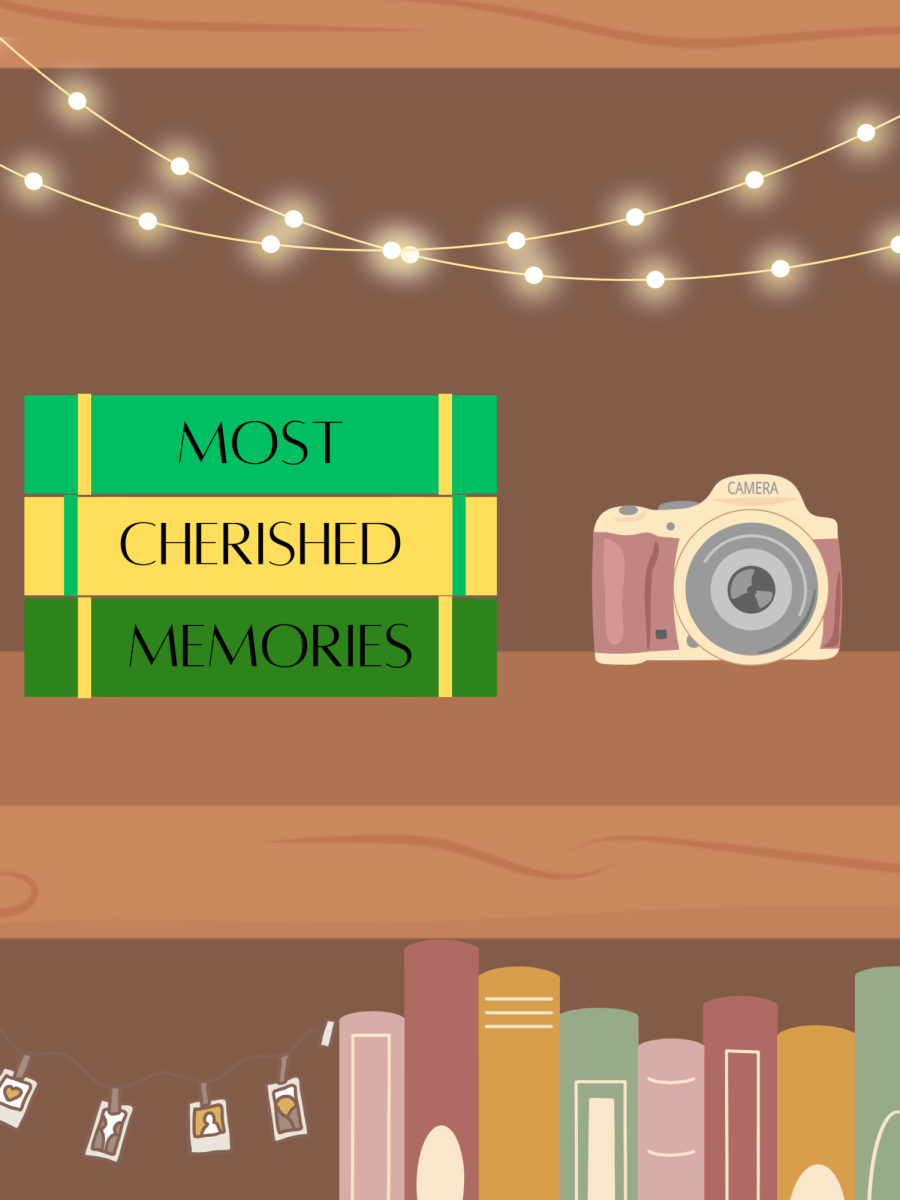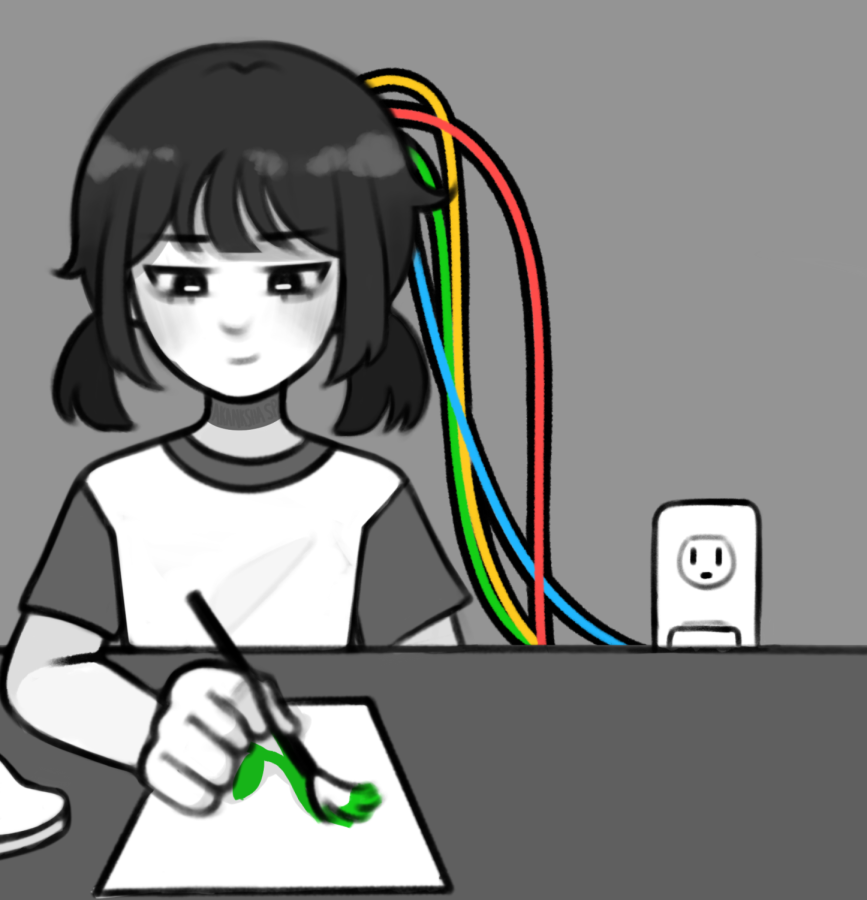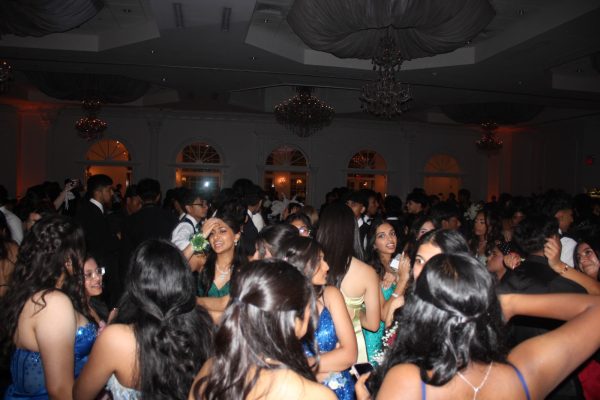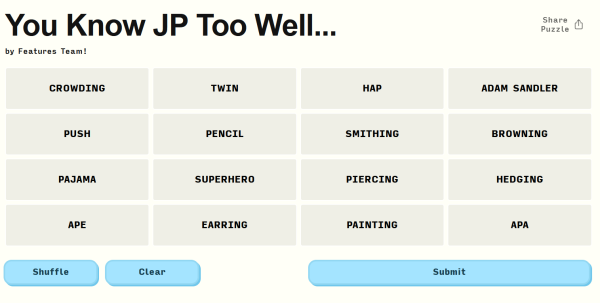Constituting the Creative Conduit
A girl with her head connected to a creativity outlet.
April 17, 2023
If you’ve ever struggled with being original, funny, or even quirky for a specific assignment, you’re part of a large percentage of people who think they aren’t living up to their creative potential. Creativity is not an easy skill to develop and only about 22% of our creative performance links to our genetics; you aren’t exactly born with it. So, why are people more creative than others, and where exactly does this expressiveness come from?
Before we get into where creativity came from, it’s important to get a strong understanding of what it is. We can break down creativity into several parts, notably originality, fluency, and flexibility. Originality consists of the ability to create new ideas and concepts while being unique and helping tackle problems expressively. Next is fluency which is the ability to “mass produce” these ideas consistently. It’s essential to not only be original but to also be reliable. This way, different solutions can apply to different scenarios of certain tasks, which makes them easier to tackle. Flexibility entails thinking about problems in different scenarios from different viewpoints. Looking at a situation from different angles allows for other perspectives to account for and helps ensure preparedness. This ties into being original and unique by being able to see the situation from a lens that no one else does. Again, there are multiple other parts that creativity can be broken into and many different ways that we can look at it, but these components are some of the most commonly needed to get those creative juices flowing.
Signs of creativity first began to emerge in humans about forty thousand years ago and spread in different parts of the world individually. This period is known as the ‘creative explosion’ of the Upper Paleolithic period. Cave paintings from this time depicted a variety of patterns and shapes, and even some paintings of humans and animals, showing that humans from back then were able to pay attention to detail. As time passed, civilizations and communities like that of Ancient Egypt began to develop. Hieroglyphics were created by the Ancient Egyptians and represented different meanings. They were used for record-keeping and monumental displays for gods. Each hieroglyphic symbol has a different look and meaning, showing signs of fluency and originality. As time moved on, creativity was seen in the form of architecture and art in Greek culture from the B.C. era, as well as intellectual writings by those such as Aristotle and Homer.
The question of where creativity comes from can be answered scientifically and socially. Your brain’s prefrontal cortex specializes in supplying creativity to the average person. This specific part of the brain has much to do with planning, problem-solving skills, abstract thinking, and decision-making. However, creativity can also stem from interactions between parts of the brain other than the prefrontal cortex, including the temporal lobes and hippocampus, which focus on interpreting meaning and memory and language understanding, and mental imagery and imagination, respectively. All of these skills are essential parts of the creative process. But the roots of creativity have to do with much more than just the brain; social and cultural aspects are also in play. Social behavior, education, and related traditions and norms impact creativity depending on an individual’s environment. Societies that are traditionally oriented might have ideals that stifle creativity, while others might push for the encouragement of it if they tend to be more growth-oriented. Education and teaching methods that reward creativity and the people and environment around an individual play into the expansion and growth of creative skills. This encouragement can further help with problem-solving and innovation.
This is one of the reasons why creativity comes easier for some than others. Very few people are born with natural imaginative skills, but that doesn’t make acquiring the skill impossible. Whereas there is technically a heritable component to creativity, as shown in several studies throughout the years, a lot of the time, people develop creative skills over time with exposure to different ideas and experiences. These people can be more flexible when it comes to creativity, as their wide range of experiences allows them to look at situations from different angles and have a broad amount of knowledge of these said angles. Originality is bound to come more easily to someone who spent a lot of their life around people who encouraged and supported expressiveness rather than those who grew up in creativity-stifling environments with less social support. As mentioned earlier, access to education and resources plays a huge role in creativity as well, but this can allow for different forms and ranges of inventiveness to emerge in different people. Some individuals might dabble in creativity through music or art, while others in writing, academics, or public speaking.
Although creativity has a lot of benefits and is generally not seen as a bad skill, as anything else it can have negative effects. Creativity involves a lot of risk-taking and finding constant solutions to different problems, which can result in anxiety and stress. Because of this, creative people are generally more risk-takers and often need to experience new things for some creative individuals. This quality can be dangerous when regarding more serious matters like drug and alcohol abuse. Burnouts and sensitivity to criticism are also things that creative people are more likely to experience. Creative solutions aren’t always necessarily going to fit into others’ expectations or conventional standards, which can further take a mental toll on these types of people. Creative people also often feel a constant need to find new solutions, ideas, and other outlets to use their creative skills. This can lead to a lack of creativity and motivation, and more importantly, can cause exhaustion and burnout.
All in all, creativity is a skill with many advantages and disadvantages for the average person. Its different causes can vary depending on each individual, but in the long run, it can go on to help with problem-solving and providing new ideas. Although many factors influence creativity, with the right environment, anyone can grow into a creative person. It’s a necessary skill that allows humans to break limits, explore new possibilities, and create powerful solutions to the difficulties faced throughout life.







